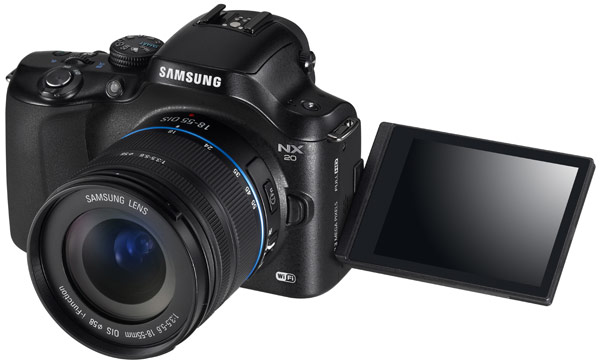Social networks have spawned a new generation of photography buffs, a high percentage accessing their profiles via mobile, resulting in a lot of photos being taken on IPhones and other smart phones. While these photos are suitable quality for the web, they don’t render well in print.
Print vs. Web Quality
The dpi (dots per inch) is much denser in a high quality photo. Photos used on the web ideally should be optimized for faster loading. The larger the file, the longer it takes to load. Because print quality photos are larger files, they cause webpages to load slowly, resulting in back clicks from the web page.

You want quite the opposite effect when it comes to print quality. The higher the dpi, the better the photo will render when enlarged. A photo taken from a regular camera has a much higher resolution and will retain its quality when enlarged. These photos can always be reduced in file size to be made suitable for the web, but you can’t take a low quality image and improve it for use in print. The result will be a grainy, fuzzy photo.
Professional Quality Camera for the Average User
For the average Joe, the simpler it is to take a picture, the more likely the photographic device will be used. Too many buttons and gadgets can be intimidating and the sheer weight of professional cameras makes the cumbersome to tote along everywhere. The more professional the quality of a camera, the more options you have for controlling photo quality, scope of view and perspective. Even the professional could do without the clunkiness of advanced equipment, but many have hesitated switching from film to digital for fear of quality loss. Along came the Olympus OM-D E-M5 earlier this year and a match was made in heaven. The light weight, ergonomic design makes it appealing for both pros and novices alike. For pros, it makes the mirrorless camera likeable and offers customizable controls. It has a sleek looking body and comes in both black and silver, with silver being the more popular color.
Picture taking on phones is a trend that is not likely to decline any time soon. But phones are meant primarily for making calls, emailing and internet access with photographs only playing a small part of the overall package. Gadgets that focus primarily on one purpose are usually more successful than those that try to do everything.
Theresa Happe works with Photo.net, where you will find a comprehensive review of the Olympus OM-D E-M5 as well as other thorough Photo reviews of cameras and lenses.

